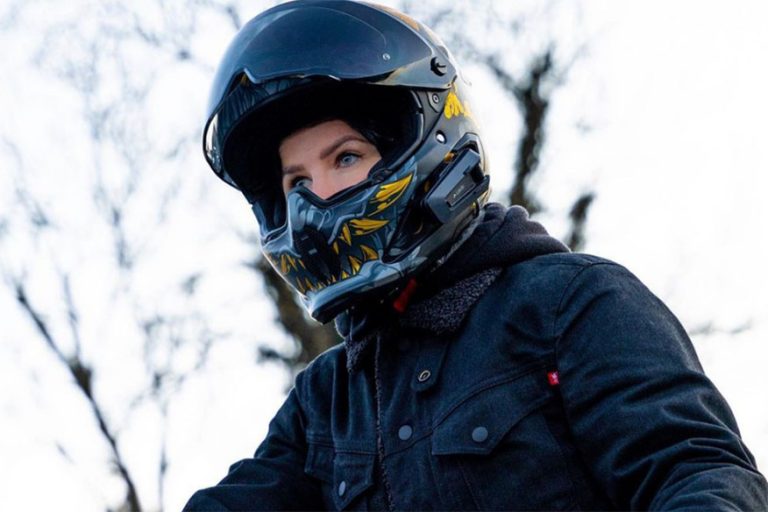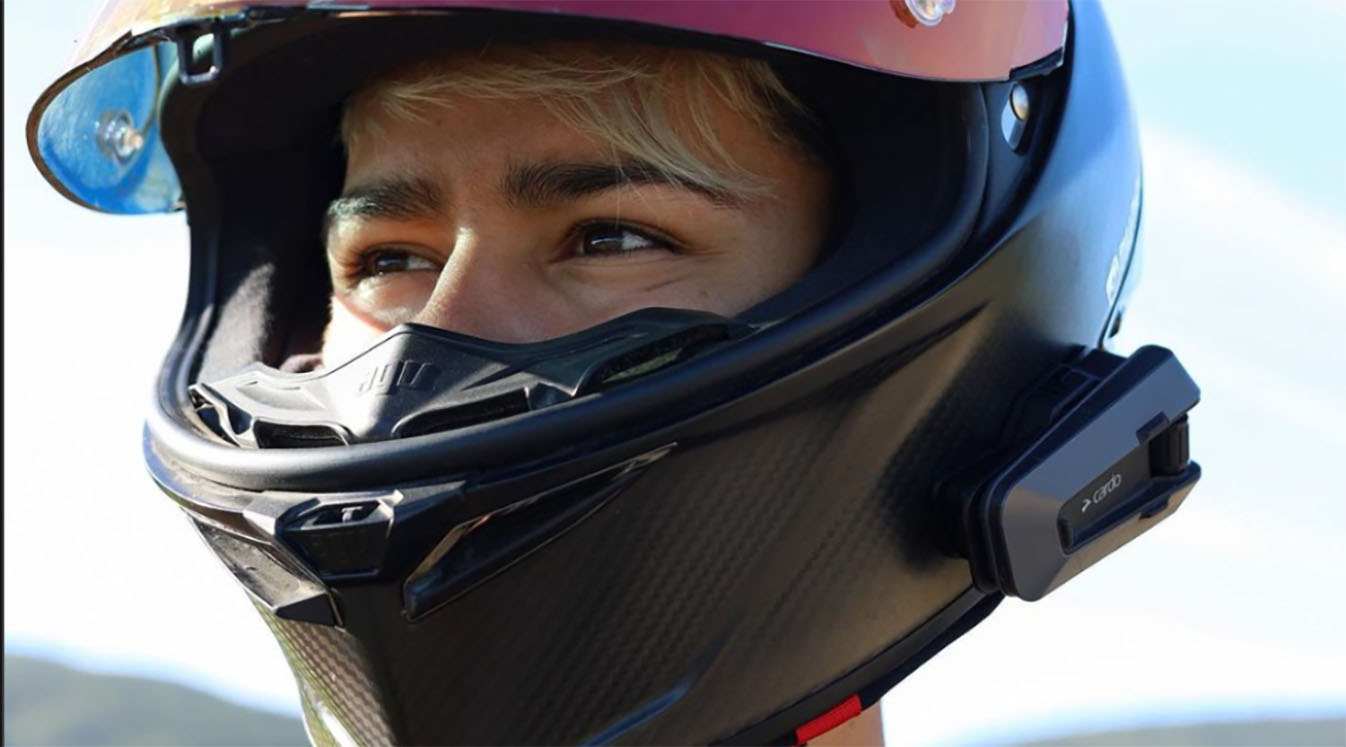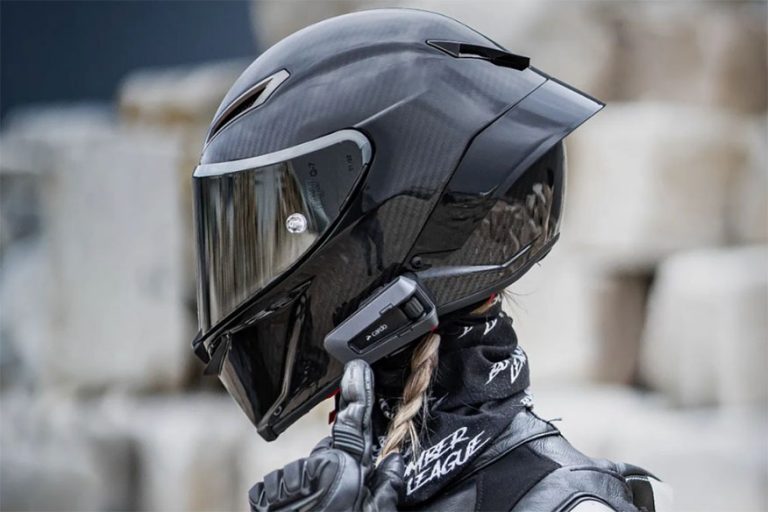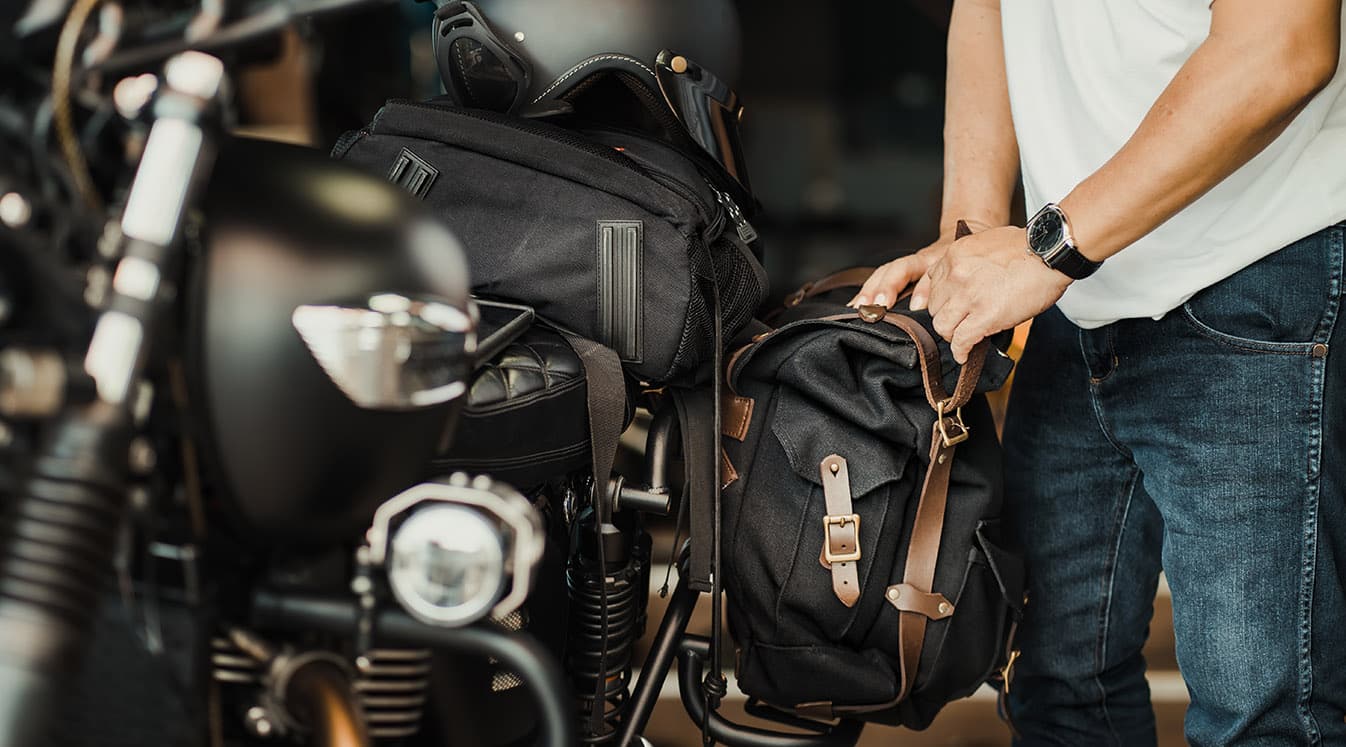Every motorcycle helmet comes with a strap that allows you to secure it to your head. Without this strap, the helmet would easily fall off when you’re riding. A loose helmet in the middle of the road can also be a traffic hazard, so it’s crucial for your safety and the drivers around you to ensure it’s on tight!
Strapping on your motorcycle helmet is usually a simple, straightforward process. But not all motorcycle helmet straps work the same way. Different types of helmets use different fastening methods. Each requires a different technique, and any mistakes can lead to a loose fit. Use this guide to learn how to strap a motorcycle helmet properly so you can ride with more peace of mind.
How to Strap a D-Ring Strap
Double D-ring straps, or ratchet fasteners, offer the most protection on the road but are also the most difficult to strap into place. These extra steps will prevent the strap from coming undone. The strap comes with two D-shaped rings on either side of the helmet with a strap on the other. Start by sliding the helmet over your head with the strap hanging loose until the helmet rests against the top of your head. Pull the strap through both rings and then loop it back through the first ring. Now, pull the strap tight until the helmet feels secure.
Use Helmet Communication to Talk Hands-Free
You can quickly undo the helmet in one of two ways. Pull both D rings away from your neck to loosen the strap until it slides out of the rings. Newer D-ring helmets come with a small red tag that will quickly release the rings when you pull on the top. This makes it even easier to break free in an emergency. If there is excess slack in the strap, tuck it into the chin strap to keep it out of the way so it doesn’t flap around in the wind.

The strap shouldn’t interfere with your helmet accessories. For example, if you are using helmet communication to listen to music or want to have a conversation with your companions while driving, attach the device once the helmet is in place.
Use the Cardo Packtalk Edge to connect to up to 15 riders at a time. It mounts directly onto the side of your helmet without blocking your view of the road for hands-free communication.
How to Strap a Quick-Release Strap
Some motorcycle helmets also come with what’s known as a quick-release strap. It comes with a male and female end that quickly attach to one another. The strap will then have a tightening buckle that lets you adjust the length of the strap. Quick-release helmet straps are easier to take on and off than D-ring straps but aren’t as reliable. That’s because the metal pin that keeps the strap in place could break open under pressure. But choosing the right type of strap is usually a matter of preference. You can swap out your D-ring strap for a quick-release strap, or vice versa, depending on your comfort level.
Start by sliding the helmet onto your head until it fits nice and snug. Pull both ends of the strap away from your head to make sure it is on all the way. Insert the male end into the female end and make sure they are securely attached. You should hear a clicking sound when it’s done. Adjust the length of the strap depending on the size of your head.
Use the Cardo Packtalk Edge to Stay Focused on the Road
How to Ensure a Proper Fit
The helmet should be firmly attached to your head and not fall off when you bend over. The strap should be taut so that you have enough room to open your mouth without pressing against your neck or chin. Try tugging on the strap to make sure it doesn’t come loose.
Not all helmets use the same fastening methods. For more information, learn about the differences between modular vs. full-face helmets.
Pay attention to the way you fasten your helmet strap. And refer to these instructions before going for a ride to stay safe in every situation. Secure your helmet for a safe ride!






